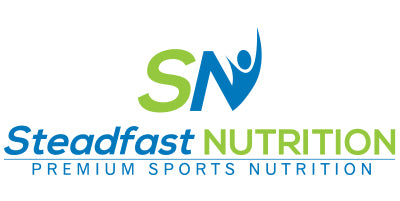In the sports industry, it is inevitable to avoid certain injuries. But the real question is, how to deal with it to recover faster? Apart from proper rest and medications, right nutrition and certain supplements help make recovery faster and better. However, how much time takes to heal depends upon the nature and severity of the injury.
How the body works for injury recovery?
A) Stages of healing and recovery phase :- It is a complex process which involves overlapping phases.
1st stage :- Inflammation
Swelling, pain and redness is experienced.
2nd Stage :- Proliferation
Damaged tissues are removed and temporary tissues are built.
3rd Stage :- Remodeling
Stronger tissue replaces temporary tissue.
B) Rehabilitation and increased activity
This stage is demarcated for injuries which involves immobilisation of the limbs.
Furthermore, complete recovery may take even longer if not supported by nutrition. There is muscle loss with immobility as there is resistance of muscle protein synthesis, due to anabolic resistance to disuse when an athlete is on bed rest or limb immobilisation.
Nutrition support is crucial to reduce the length of time and negative aspects of reduced activity and immobilisation period.
Nutrition intervention for inflammation stage
Eating more of anti-inflammatory fats such as olive oil, avocados, and fatty fish like mackerel, salmon, sardines, flaxseed oil, nuts and seeds.
Followed by eating fewer pro inflammatory things such as processed food high in saturated fats, trans fats, refined foods and vegetable oils like corn, sunflower, soybean.
Including inflammation managing herbs and spices like use of turmeric and curry powder which has curcumin that helps in reducing inflammation.
Nutrition for Proliferation and Remodeling stages
Proper intake of energy is the first priority. Metabolism can help increase recovery and one needs more calories than a sedentary worker but less than the requirement during training.Balancing intake of dietary fat, so more of mono unsaturated and polyunsaturated fats acids in the diet.
Eat rainbow coloured veggies and fruits.
Eating enough of complex carbs like whole grains helps support proper recovery, including spouted grains and quinoa.
Nutrition intervention in limb immobilisation
Energy requirements need to to be met adequately.
Protein intake has to be equally distributed and intake of protein supplements with EAAs may help ameliorate muscle loss during muscle disuse following injury. It has shown to reduce the loss of muscle mass and strength.
Supplementation of certain nutrients maybe helpful for post injury :-
Calcium and vitamin D

Assists with stress fractures, sprains and broken bones
Food sources :- Egg yolk, fortified milk and milk products or vitamin d capsule.
Iron
Assists with extreme fatigue, decreased energy levels as it is critical for respiration and energy metabolism.
Food sources :- Dates, jaggery, green leafy vegetables, soybean and organ meat
Vitamin C and Vitamin A
They help reduce oxidative stress in the body and plays a role in tissue growth and repair, wound healing and bone maintenance and repair.
Food sources (Vitamin C) :- Oranges, lemons, alma, guava
(Vitamin A) :- Carrots, sweet potatoes, broccoli
Nitric oxide and nitrates
They help increase the blood flow in the body and deliver nutrients effectively which helps reduce inflammation and optimise recovery.
In conclusion, proper nutrients if available through diet and supplements can help heal faster. Therefore, injured athletes should focus on eating well and ample rest for overall recovery.


 Buy Now
Buy Now Buy Now
Buy Now